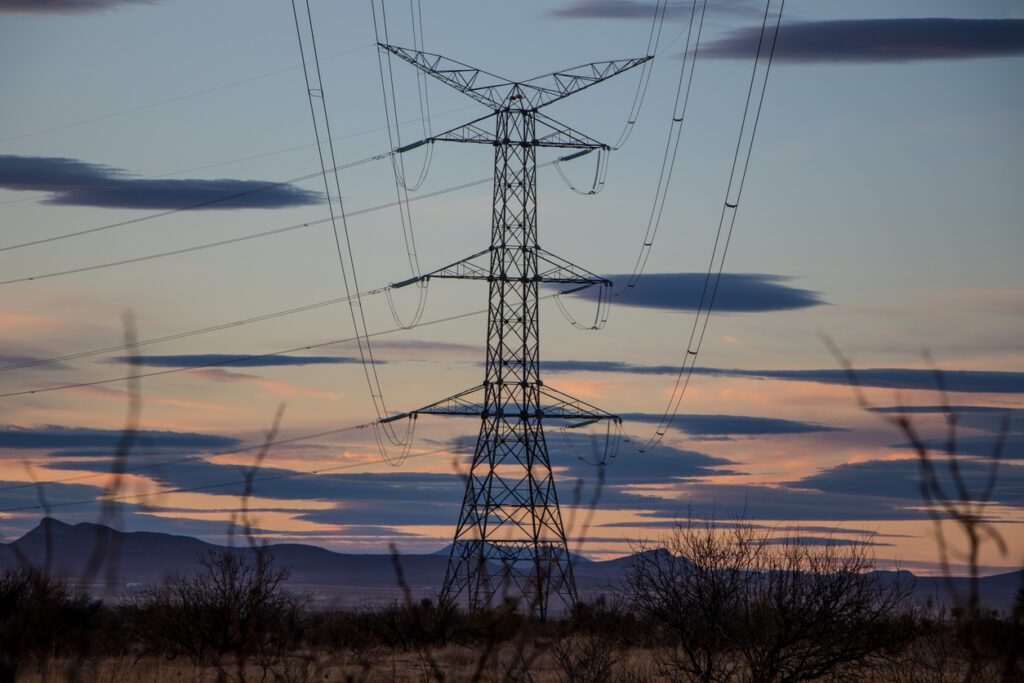(Oil Price)– New York has become the first U.S. state to announce its commitment to fully electrifying all new buildings. Several U.S. states have stated aims to transition away from fossil fuels to green alternatives to support the battle against climate change; however, New York is the first state to make its electrification plans official. Meanwhile, one of America’s most advanced states in terms of renewable energy, California, made the surprise decision to halt electrification building code updates.

In July, the New York State Fire Prevention and Building Code Council agreed on new rules that require buildings to no longer use fossil fuels starting in 2026, making it the first U.S. state to prohibit gas and other fossil fuels in most new buildings. “Buildings have 40 percent of our state emissions, so by cutting out building emissions, this is going to be an incredible step forward for our environmental goals,” said Democratic representative of the New York State Assembly, Emily Gallagher. She added, “This was a real battle to get passed.”
The new code will require new single-family homes, commercial and industrial buildings up to 100,000 square feet, and new residential construction with seven stories or fewer to be electrified beginning next year. The rule will be extended to almost all new buildings from 2029, with few exceptions, such as laboratories, crematoriums, restaurants, and large buildings whose grid is not ready to accommodate their high all-electric heating needs. The rules had already been established in New York City, but will now be rolled out statewide.
The code is expected to lead to the widespread installation of heat pumps and heat-pump water heaters across the state, which is likely to encourage consumers in older buildings to also adopt heat pumps and other technologies.
Environmental groups have praised the move, which supports decarbonisation aims. Many have highlighted the staunch opposition advocates faced in getting the rules passed, as the fossil fuel industry lobbied hard to quash the new code. Researchers argue that the move will significantly reduce the state’s air pollution by decreasing the levels of carbon monoxide, particulate matter, benzene, nitrogen oxides, and other gases being released into the air, which can cause respiratory and cardiovascular issues. Studies suggest that, in 2017, the use of fossil fuels in New York buildings cost $21.7 billion in related health issues and almost 2,000 premature deaths, a figure higher than that of any other state.
Several business groups, the fossil fuel industry, and building developers oppose the new code, which they say will increase project costs and cause development delays. They also warn that families could be priced out of the market as higher costs are shifted to the consumer. The executive vice president of the New York State Builders Association, Mike Fazio, stated, “A one-size-fits-all electrification mandate ignores the diversity of New York’s housing markets, climate zones, and infrastructure capacity, and working families will pay the price.”
Opponents of the new rules are still fighting to stop them from coming into place, with several organisations sending a letter to U.S. Attorney General Pam Bondi in June to ask that the Department of Justice move to block the code from going into effect.
While the rules could lead to higher construction costs, they are also expected to lower consumer energy bills in the long term, with an anticipated payback period of a decade or less, according to a New York State Energy Research and Development Authority report. Over three decades, the report suggests that households could save an average of about $5,000 based on an anticipated reduction in energy use of 17 percent. Some even suggest that the initial construction costs may not be higher at all, as there will be no need for developers to install costly fossil-fuel infrastructure.
Conversely, in June, the Governor of California, Gavin Newsom, signed a bill into law that aims to make housing development easier, to address the state’s housing crisis. However, the law halts updates to state and local building codes for the next six years. On average, building codes in California are revised around every three years, which has previously helped lawmakers to incorporate stricter decarbonisation rules. Lawmakers worry that skipping a scheduled 2028 residential code update could prevent the introduction of more ambitious emissions standards.
New York’s new rules come at a time when the U.S. is decelerating its green transition at the federal level, as President Donald Trump focuses on increasing domestic fossil fuel production and halting renewable energy progress. Since coming into office in January, Trump has cut funding from a wide range of green energy projects and climate research, as well as encouraged greater fossil fuel output, and the rollout of more petrol-fuelled vehicles rather than electric vehicles.
New York State’s ambitious electrification plan is expected to establish a blueprint for other U.S. states to follow. The widespread installation of cleaner power and heating technologies will support the development of the nascent U.S. industry and could also drive down prices as uptake increases.
By Felicity Bradstock for Oilprice.com

